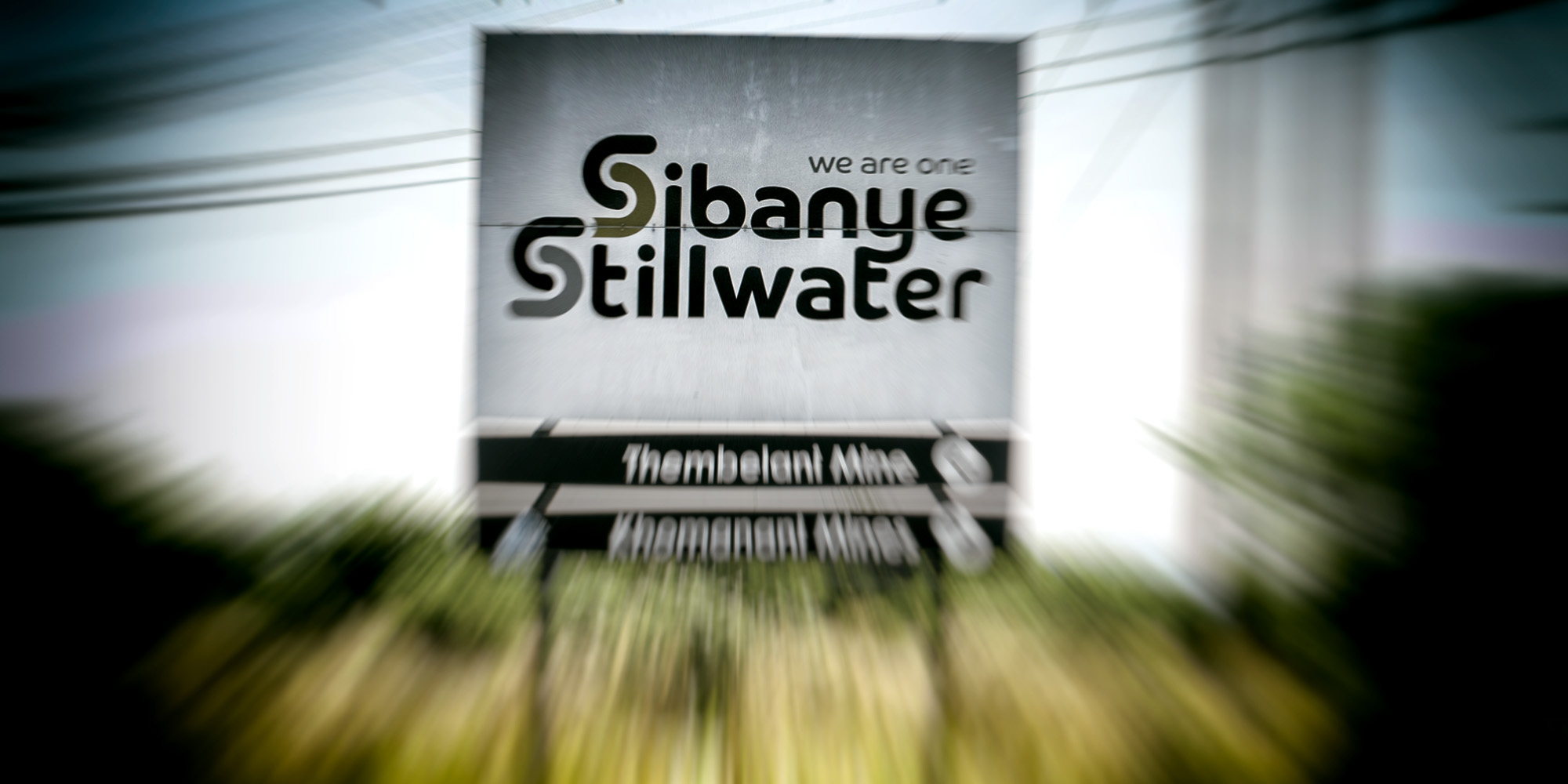In November 2021, a pit wall collapsed at the Santa Rita nickel mine in Brazil that Sibanye-Stillwater was on the cusp of acquiring (along with the Serrote copper mine) from Appian Capital for $1-billion.
Sibanye pulled the plug on the deal as a result, concluding that the event would “be material and adverse to the business, financial condition, results of operations, the properties, assets, liabilities or operations of Santa Rita”.
Read more: Sibanye-Stillwater pulls the plug on $1bn Brazil deal after ‘geotechnical event’
The Serrote copper purchase was contingent on the completion of the nickel transaction, so both were scuppered.
That “geotechnical event” has now come back to haunt Sibanye’s recently shored up balance sheet, and the seismic fallout may shake up the company’s rocky road to recovery.
The High Court of England and Wales ruled last week that Sibanye’s decision to cancel the transaction was not justified on the grounds that it was an adverse material event.
This sets the stage for a trial in November next year in which a court will determine the potential damages Sibanye may be required to pay Appian.
At first glance, this clearly bodes ill for Sibanye. Its share price initially tanked about 11% on the news, and while it has recovered a bit since, it was still down about 7% since the announcement as of midday on Monday.
In the year to date its share price is about 28% lower, which is largely a reflection of depressed platinum group metals (PGM) prices.
Potential costs
The big question now is the potential amount Sibanye may have to fork out, and that won’t be determined before November next year.
A couple of points need to be made on this front.
For starters, while some media headlines have flagged “$1.2-billion” in damages, that is not what Appian has been seeking in court.
According to the claim, Appian’s is seeking $522-million in damages, which would comprise the difference between what Sibanye was going to pay and the value that the assets have since generated. This includes costs and interests up to July 2024.
Appian is also seeking additional interest and costs accrued from the trial date (July 2024) until November 2025, which would bring the total to more than $600-million.
The deal was actually worth $1-billion, and an additional $200-million would have been paid if Sibanye had decided to take the open-pit operation at Santa Rita underground under what is known as a “net smelter return royalty”.
Still, $600-million plus change is clearly material. Sibanye recently shored up its battered balance sheet, allaying concerns that it might have to embark on a discounted rights offer to shareholders.
Read more: Sibanye puts Montana mine on care and maintenance — H1 earnings sink, shares soar as rights issue ‘muted’
Now it faces the prospect of potentially paying more than $600-million in damages late next year, excluding its legal fees, which must be pretty steep. No matter who wins or loses in these cases, the lawyers always score.
For now, Daily Maverick understands that Sibanye has no plans to make a provision that would reflect in its next set of results. That could be subject to change, depending on how the auditors eventually regard the matter.
Sibanye maintains that it should not be required to pay compensation because Appian subsequently had a number of offers for the assets.
“Sibanye-Stillwater’s case is that Appian could have sold the Santa Rita and Serrote mines in Brazil to another purchaser for a similar purchase price after Sibanye-Stillwater terminated the SPAs (sales and purchase agreements) and therefore cannot recover any loss it has suffered from Sibanye-Stillwater,” Sibanye said in a statement last week after the court decision.
“The judgment notes that Appian received multiple offers for the mines after Sibanye-Stillwater terminated the SPAs. Accordingly, Sibanye-Stillwater will continue to defend the claim vigorously at theTrial in November 2025,” Sibanye said.
This columnist is not a lawyer, so cannot say if Appian’s failure to subsequently sell the assets could corrode its claim and the amount of compensation it might receive. But this certainly seems to be an angle that Sibanye is taking.
The judgment passed down last week was not completely scathing of Sibanye.
Wilful misconduct claim dismissed
Appian’s claim of wilful misconduct was dismissed on the grounds that Sibanye’s management generally believed that it was entitled to terminate the deal.
But the judge did find that “ the decision was taken in an overly hurried manner, where relevant information was not adequately shared”.
The judgment highlighted an email that Sibanye CEO Neal Froneman sent to the members of Sibanye’s board on 23 January 2022.
“Attached to this email was a Board Update document. The version the Court has seen contains redactions, but it is clear that the document was light on detail. It did not, as the covering email had suggested it would, contain significant technical detail,” the judgment said.
So, while there was no wilful misconduct, the decision to terminate the deal on the basis that the pit collapse was an adverse material event was regarded as hasty. Froneman is no nonsense and likes to get things done, but perhaps he was quick to pull the trigger on this one.
Appian maintained that the wall collapse was an “insignificant and minor geotechnical event” with minimal impact on the mine, which in 2022 lifted production by 9% compared with the previous year, boosting its earnings before interest, taxes, depreciation, and amortisation (Ebitda) by 65%.
What may well prove material is Sibanye’s decision to torpedo the deal. Just how material will be determined late next year. DM





